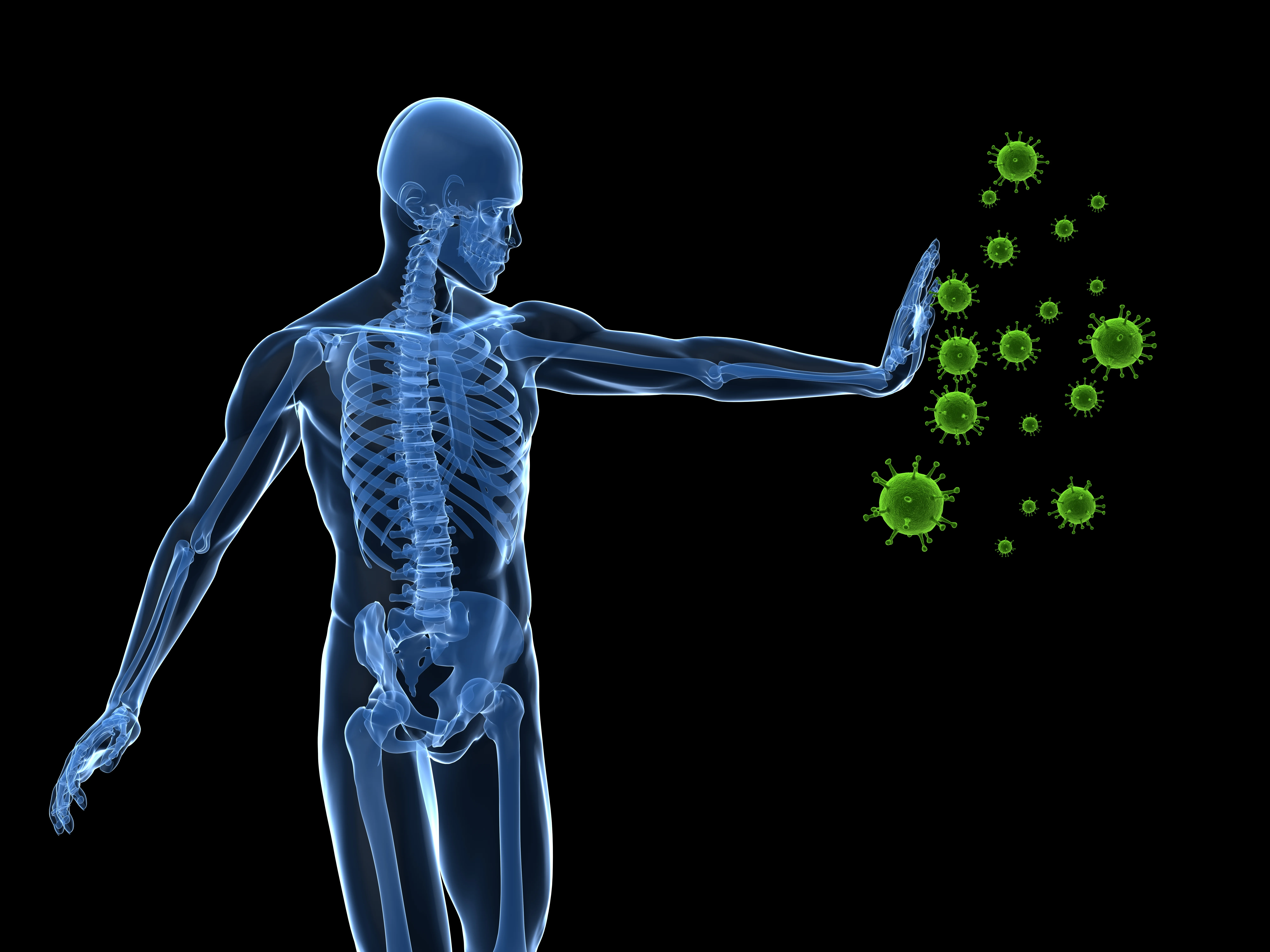News & Articles

Targeted Therapy and Immunotherapy for Lung Cancer

New hope for lung cancer patients
Survival rates have improved as a result of new forms of treatment.
Thanks to new therapies developed over the last 15 years, patients with lung cancer are now able to live much longer than before, said Dr Lim Hong Liang, a senior consultant in medical oncology at Parkway Cancer Centre.
In the past, doctors relied largely on chemotherapy but survival rates were not good. Just a third of patients on chemotherapy alone would be alive after one year.
“Chemotherapy alone is not a very good option,” said Dr Lim Hong Liang who was speaking at a recent seminar on cancer which was organised by Channel NewsAsia and Parkway Cancer Centre at the Pan Pacific Singapore hotel.
In his talk, “Improving Lung Cancer Treatment with Targeted Therapy and Immunotherapy”, Dr Lim said that in the last 15 years, new treatments such as targeted therapy and now, immunotherapy, have increased survival rates. Patients who are treated with chemotherapy and targeted therapy have median survival rates of 2.5 to three years, compared to just 12 months from being treated with chemotherapy alone.
Targeted therapy is a treatment that targets the cancer cells, based on the kind of mutation that the cancer cells might have. In 2004, the first mutation was discovered in the epidermal growth factor receptor (EGFR) gene. A drug called Iressa that was able to target cancer cells with this mutation, was developed. Since 2004, more mutations have been discovered and more drugs have been developed to target these mutations.
Chemotherapy affects all cells while targeted therapy is more focused. As a result, side effects from targeted agents are mild. In addition, the response is rapid and usually associated with a significant reduction in tumour volume. This translates to rapid improvement of tumour related symptoms like pain and cough. The duration of tumour control is also longer with targeted treatment.
“It is very common to have good response,” he said. Dr Lim Hong Liang was able to point to a patient of his who did not want to undergo chemotherapy and was on Iressa alone. That patient survived 31 months. As most targeted agents are in oral form, it saves patients from frequent cannulations and visits to clinics for infusions.
Targeted therapy is also useful for patients whose cancer has metastasised into the brain. Unlike chemotherapy, targeted agents penetrate the blood brain barrier better to achieve higher drug levels in the brain resulting in better tumour control.
Targeted therapy is not an option for everyone though as not all lung cancer patients have a cancer whose mutation can be targeted. Fortunately, there are now other options, including a new treatment known as immunotherapy.
Immunotherapy uses drugs to stimulate or make changes to the body’s immune system to help it identify and fight cancer cells.
“We have been researching on using the body’s own immune system for many years, but we have had no success until a few years ago,” said Dr Lim.
One of the ways tumour cells evade the detection and destruction by the body immune system is through overexpression of the PD-L1 protein on their surface.
Antibodies that target either PD-1 or PD-L1 can allow the body’s immune cells to recognise and kill the cancer cells. Drugs such as Keytruda and Opdivo have been developed to target PD-1 while drugs like Tecentriq, lock in on PD-L1.
Dr Lim Hong Liang said he was excited about immunotherapy because these drugs can keep the cancer under control for a very long period. It is also well-tolerated by patients.
Immunotherapy increases long-term survival rates. For patients on immunotherapy, the five-year survival rate is 16 per cent, compared to 5 per cent without immunotherapy.
Lung cancer: High occurrence, low survival rates
Lung cancer is the second most common cancer in men and the third most common cancer in women, in Singapore. Men have three times higher risk of lung cancer than women. Among the three major ethnic groups, the Chinese have the highest risk, followed by the Malays and Indians.
There are two main types are lung cancer: small cell lung cancer (SCLC) and non-small cell lung cancer (NSCLC). More than 80 per cent of all lung cancers are NSCLC. NSCLC tends to grow and spread more slowly. If discovered early, it can be cured with surgery or radiotherapy. SCLC, on the other hand, grows and spreads rapidly.
However, lung cancer tends to be discovered late which is why lung cancer survival rates are relatively low.
Written by Jimmy Yap
| POSTED IN | Cancer Treatments |
| TAGS | cancer drugs, cancer mutation, chemotherapy, immunotherapy, lung infection, new ways to treat cancer, targeted therapy |
| READ MORE ABOUT | Lung Cancer |
| PUBLISHED | 11 January 2018 |
